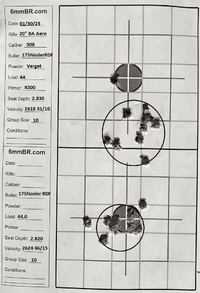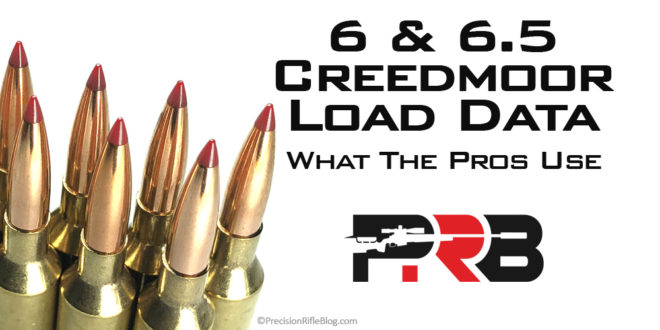Dante231
NES Member
I've been reloading handgun for a few years. Just starting to do some rifle. I'd like to get a chronograph but I'm not really sure why. Does it matter how fast the bullet is travelling if it's accurate? What's the point of the speed, unless you're hunting and you need to know down-range ballistics?
On a rifle you're look for accuracy "nodes", from what I read on the interwebs. What if one of those nodes has a funky speed?
I guess what I'm asking . . . how do you use one of these - speed or accuracy? and which is priority?
On a rifle you're look for accuracy "nodes", from what I read on the interwebs. What if one of those nodes has a funky speed?
I guess what I'm asking . . . how do you use one of these - speed or accuracy? and which is priority?


